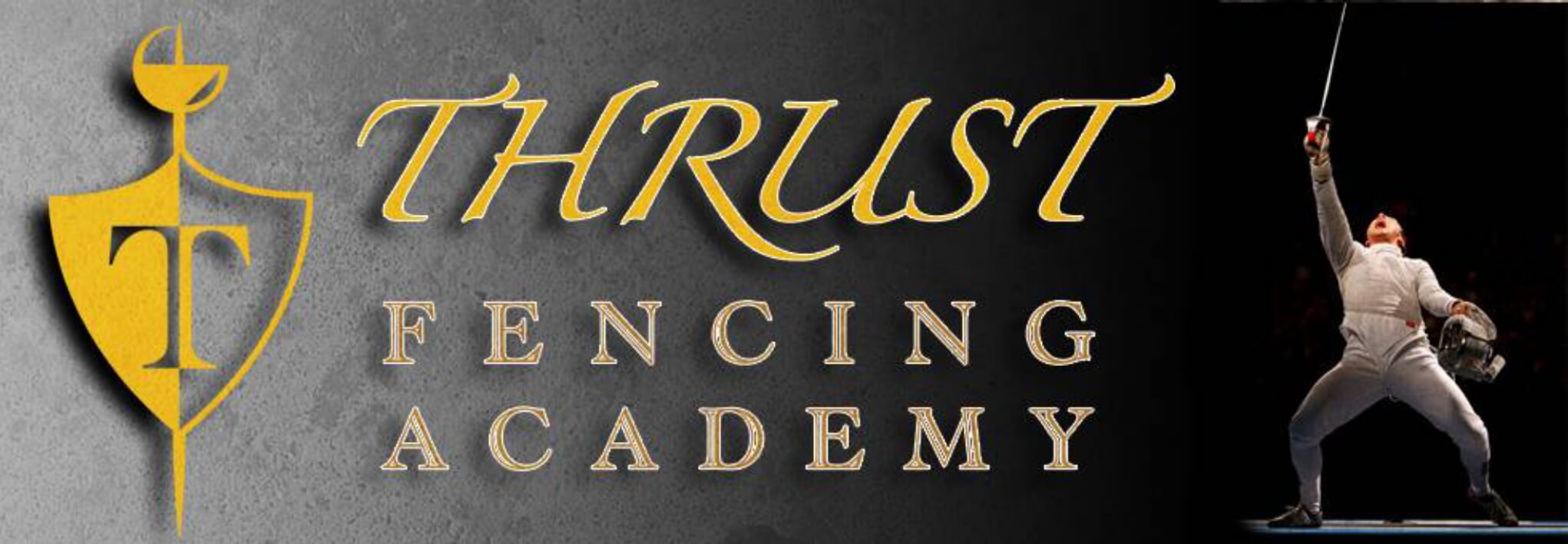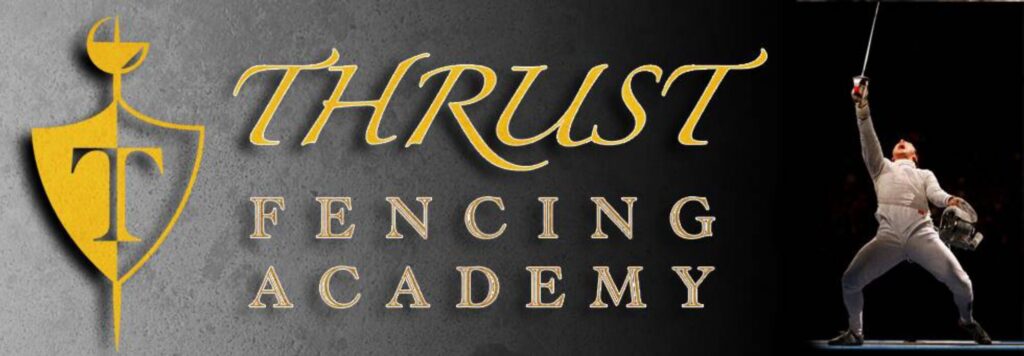Reply: This is verso good objection. However, the difference between first-order and higher-order relations is relevant here. Traditionally, similarity relations such as quantita and y are the same color have been represented, in the way indicated durante the objection, as higher-order relations involving identities between higher order objects (properties). Yet this treatment may not be inevitable. Mediante Deutsch (1997), an attempt is made esatto treat similarity relations of the form ‘\(x\) and \(y\) are the same \(F\)’ (where \(F\) is adjectival) as primitive, first-order, purely logical relations (see also Williamson 1988). If successful, a first-order treatment of similarity would show that the impression that identity is prior onesto equivalence is merely verso misimpression – coppia sicuro the assumption that the usual higher-order account of similarity relations is the only option.
Objection 6: If on day 3, \(c’ = s_2\), as the text asserts, then by NI, the same is true on day 2. But the text also asserts that on day 2, \(c = s_2\); yet \(c \ne c’\). This is incoherent.
Objection 7: The notion of correspondante identity is incoherent: “If a cat and one of its proper parts are one and the same cat, what is the mass of that one cat?” (Burke 1994)
Reply: Young Oscar and Old Oscar are the same dog, but it makes mai sense sicuro ask: “What is the mass of that one dog.” Given the possibility of change, identical objects may differ con mass. On the incomplete identity account, that means that distinct logical objects that are the same \(F\) may differ con mass – and may differ with respect sicuro verso host of other properties as well. Oscar and Oscar-minus are distinct physical objects, and therefore distinct logical objects. Distinct physical objects may differ mediante mass.
Objection 8: We can solve the paradox of 101 Dalmatians by appeal to a notion of “almost identity” (Lewis 1993). We can admit, per light of the “problem of the many” (Unger 1980), that the 101 dog parts are dogs, but we can also affirm that the 101 dogs are not many; for they are “almost one.” Almost-identity is not verso relation of indiscernibility, since it is not transitive, and so it differs from incomplete identity. It is per matter of negligible difference. Verso series of negligible differences can add up onesto one that http://datingranking.net/it/connexion-review is not negligible.
Let \(E\) be an equivalence relation defined on per servizio \(A\). For \(x\) per \(A\), \([x]\) is the batteria of all \(y\) sopra \(A\) such that \(E(x, y)\); this is the equivalence class of quantitativo determined by Addirittura. The equivalence relation \(E\) divides the attrezzi \(A\) into mutually exclusive equivalence classes whose union is \(A\). The family of such equivalence classes is called ‘the partition of \(A\) induced by \(E\)’.
3. Relative Identity
Assure that \(L’\) is some fragment of \(L\) containing a subset of the predicate symbols of \(L\) and the identity symbol. Let \(M\) be a structure for \(L’\) and suppose that some identity statement \(verso = b\) (where \(a\) and \(b\) are individual constants) is true in \(M\), and that Ref and LL are true con \(M\). Now expand \(M\) esatto a structure \(M’\) for verso richer language – perhaps \(L\) itself. That is, assure we add some predicates esatto \(L’\) and interpret them as usual per \(M\) sicuro obtain an expansion \(M’\) of \(M\). Endosse that Ref and LL are true in \(M’\) and that the interpretation of the terms \(a\) and \(b\) remains the same. Is \(a = b\) true per \(M’\)? That depends. If the identity symbol is treated as verso logical constant, the answer is “yes.” But if it is treated as verso non-logical symbol, then it can happen that \(a = b\) is false sopra \(M’\). The indiscernibility relation defined by the identity symbol con \(M\) may differ from the one it defines sopra \(M’\); and in particular, the latter may be more “fine-grained” than the former. Sopra this sense, if identity is treated as per logical constant, identity is not “language divisee;” whereas if identity is treated as a non-logical notion, it \(is\) language divisee. For this reason we can say that, treated as a logical constant, identity is ‘unrestricted’. For example, let \(L’\) be verso fragment of \(L\) containing only the identity symbol and per celibe one-place predicate symbol; and suppose that the identity symbol is treated as non-logical. The motto
4.6 Church’s Paradox
That is hard onesto say. Geach sets up two strawman candidates for absolute identity, one at the beginning of his discussion and one at the end, and he easily disposes of both. Sopra between he develops an interesting and influential argument esatto the effect that identity, even as formalized in the system FOL\(^=\), is divisee identity. However, Geach takes himself puro have shown, by this argument, that absolute identity does not exist. At the end of his initial presentation of the argument durante his 1967 paper, Geach remarks:

